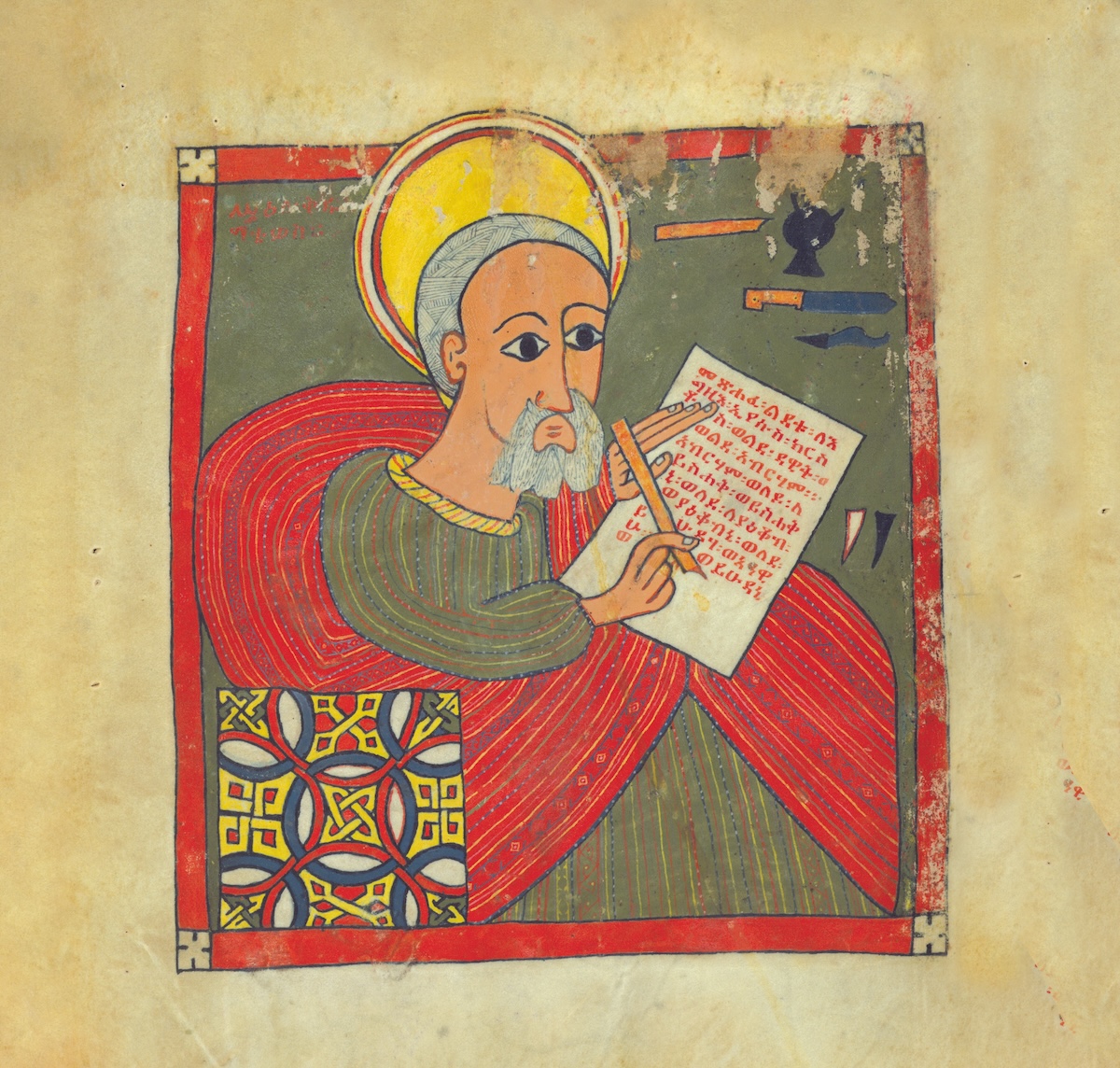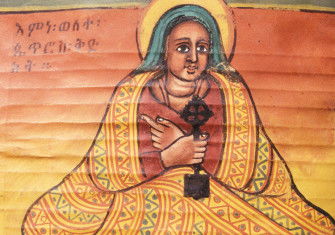The Ethiopians Who Changed Rome
A community of Ethiopian monk-scholars in Renaissance Rome brought their learning, language and liturgy into the heart of the Roman Church.

In 1511 a German cleric in papal service named Johann Potken came upon a group of men in Rome, ‘Ethiopians in appearance and colour, who called themselves Indians’, who were chanting the liturgy in their own sacred language. Intrigued by their familiar Christianity but perhaps more by their unfamiliar tongue, Potken resolved to learn their language, and spent the next two years studying it with the Ethiopians. One result was the publication in 1513 of an Ethiopian psalter, credited in the work itself to ‘the skill and effort of Johann Potken’, but in fact co-edited by Potken and his principal tutor, Tomas Wäldä Samuʾel. It was the first book ever printed in the literary and liturgical language of Christian Ethiopia, Gǝʿǝz, and in its uniquely Ethiopian script.







